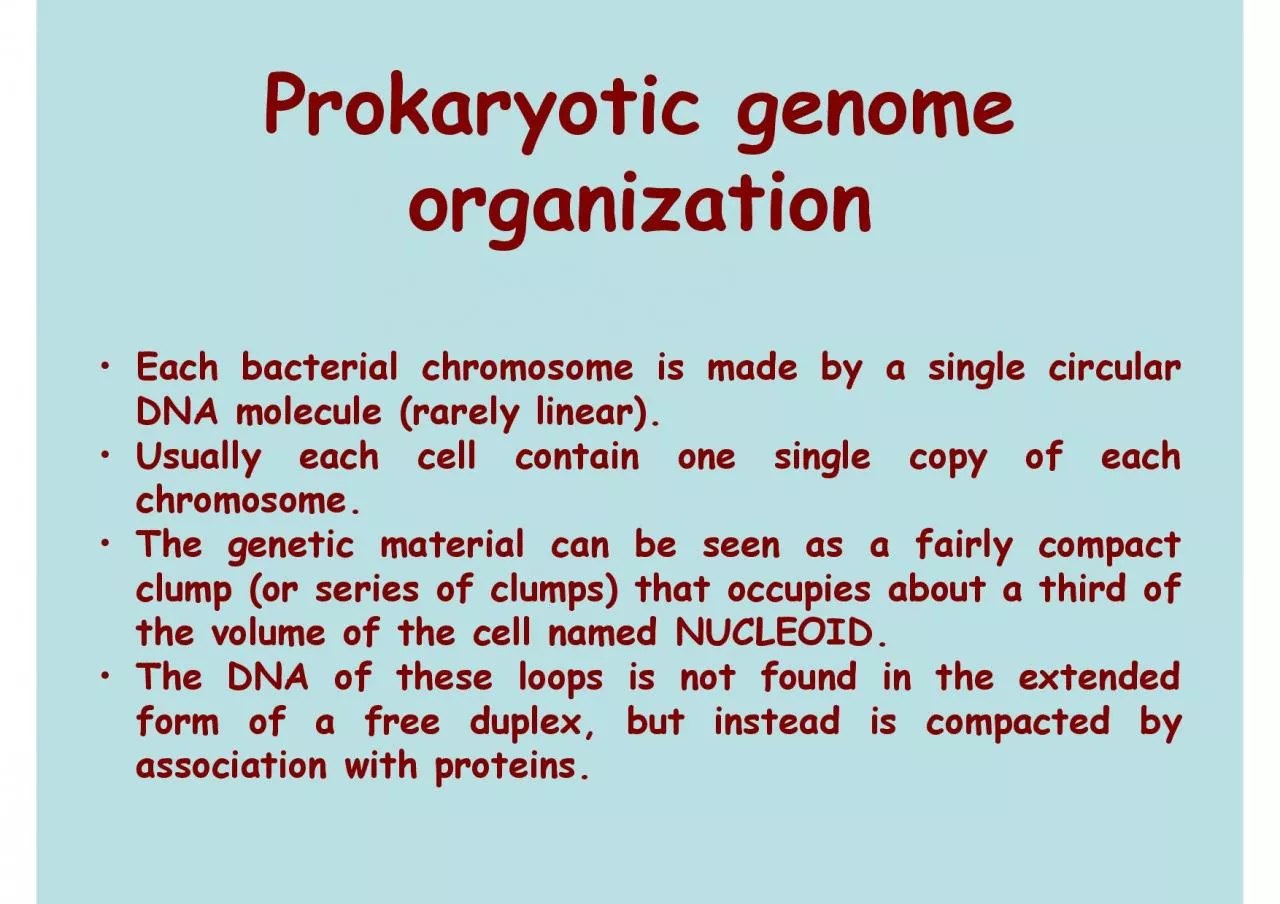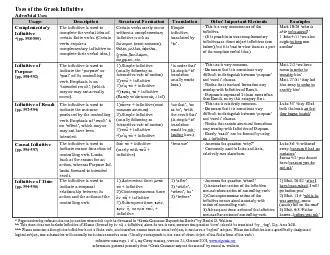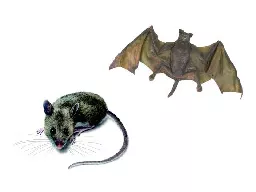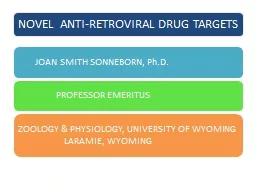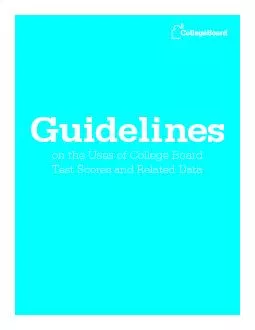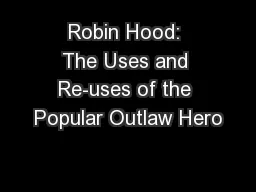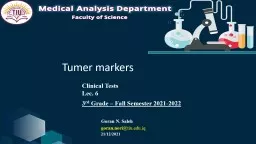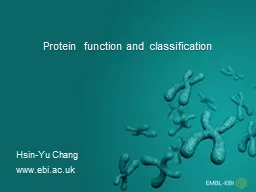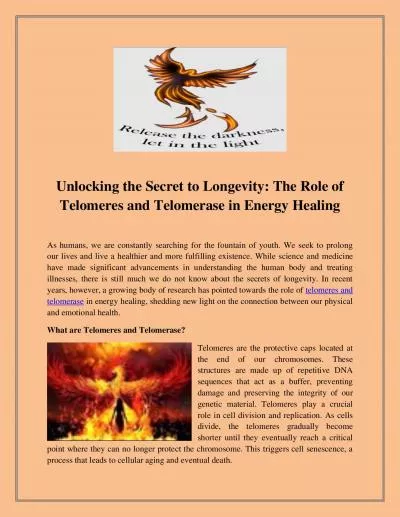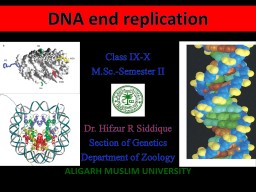PDF-An enzimecalled TELOMERASE uses the 3x00270H of the GT telomerics
Author : dandy | Published Date : 2022-10-27
During each round of chromosome replication telomeresshortentheir sequences TELOMERESTELOMERES consists of a simple repeat where a CArich strand has the sequence
Presentation Embed Code
Download Presentation
Download Presentation The PPT/PDF document "An enzimecalled TELOMERASE uses the 3x00..." is the property of its rightful owner. Permission is granted to download and print the materials on this website for personal, non-commercial use only, and to display it on your personal computer provided you do not modify the materials and that you retain all copyright notices contained in the materials. By downloading content from our website, you accept the terms of this agreement.
An enzimecalled TELOMERASE uses the 3x00270H of the GT telomerics: Transcript
Download Rules Of Document
"An enzimecalled TELOMERASE uses the 3x00270H of the GT telomerics"The content belongs to its owner. You may download and print it for personal use, without modification, and keep all copyright notices. By downloading, you agree to these terms.
Related Documents

